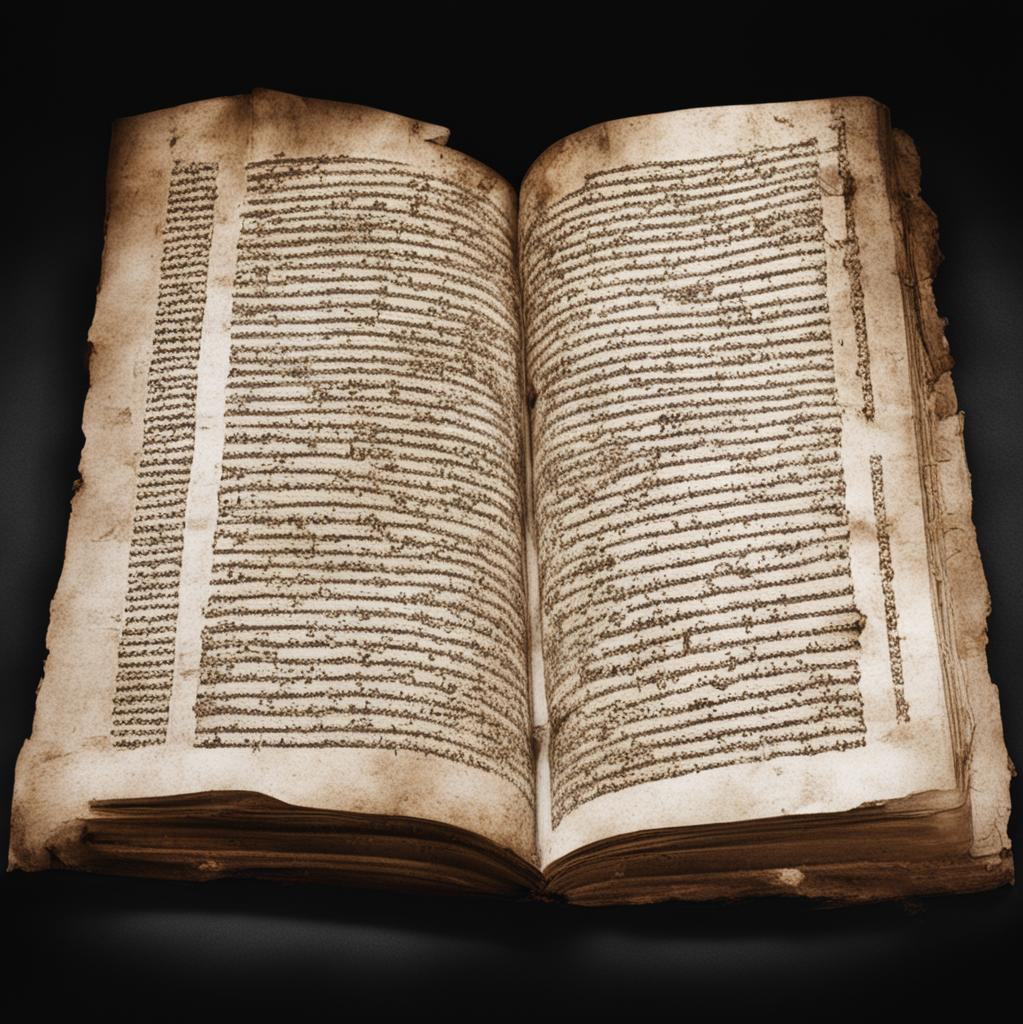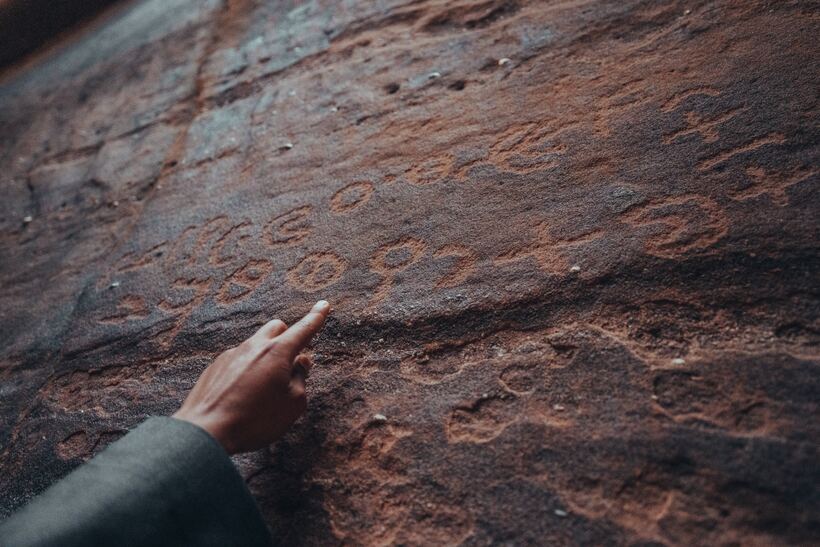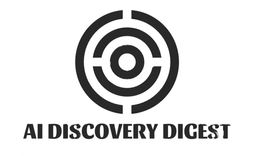Unearthing the mysteries of ancient civilizations has always been a captivating pursuit for historians and archaeologists alike. From deciphering hieroglyphics etched on Egyptian tombs to unraveling the secrets hidden within crumbling scrolls, understanding our past allows us to better comprehend our present. But what if I told you that there is now a groundbreaking tool that can read these age-old texts with unprecedented accuracy and speed? Enter Artificial Intelligence (AI), the revolutionary technology that is transforming historical research as we know it. In this blog post, we will delve into how AI is being used to unlock history’s secrets by reading and analyzing ancient texts like never before. Prepare to be amazed at the incredible possibilities that lie ahead!

What is AI and How Does It Work?
Artificial Intelligence is a field of computer science that focuses on creating intelligent machines capable of performing tasks that typically require human intelligence. Unlike traditional software programs that are explicitly programmed to follow specific instructions, AI systems can learn from and adapt to new information without explicit programming.
At its core, AI relies on two key components: data and algorithms. Data serves as the input that feeds into the system, providing the necessary information for the machine to analyze and make decisions. The algorithms, on the other hand, act as the brain behind AI systems. They process and interpret this data using various techniques such as pattern recognition, natural language processing (NLP), and machine learning.
Machine learning is particularly crucial in enabling AI to read ancient texts effectively. By training models with vast amounts of historical data—such as scanned manuscripts or digital copies of ancient writings—AI algorithms can recognize patterns within these texts and develop a deeper understanding of their context.
Through a combination of neural networks and deep learning techniques, AI systems can decipher complex languages like hieroglyphics or cuneiform scripts by recognizing recurring symbols or characters. Additionally, advanced NLP capabilities allow them to extract meaning from written texts by identifying keywords and contextual clues.
In essence, AI works by processing large volumes of relevant data through sophisticated algorithms designed specifically for reading ancient texts. It learns from this data over time to improve accuracy in translation and interpretation—a feat that would have taken human researchers years if not decades to accomplish.
With an understanding of how AI functions at its core level when it comes to reading ancient text analysis established let’s explore how this technology is being utilized today!
The Use of AI in Reading Ancient Texts
In recent years, artificial intelligence has revolutionized various fields, and one area where it is making significant advancements is in reading ancient texts. By leveraging the power of machine learning algorithms, researchers are now able to uncover hidden secrets and unlock the mysteries contained within these historical documents.
AI can analyze large volumes of text data much faster than humans ever could. It can sift through vast collections of ancient manuscripts, inscriptions, and scrolls to identify patterns, decipher languages, and even reconstruct damaged or fragmented pieces.
By training AI models on existing translations and linguistic databases, researchers can develop algorithms that automate the process of understanding ancient languages. This technology not only saves time but also reduces human error in interpreting complex scripts.
AI tools can assist in identifying connections between different texts from different civilizations. By comparing linguistic features and cultural contexts across various sources, historians gain a deeper understanding of how societies interacted with each other throughout history.
The use of AI in studying ancient texts opens up new avenues for historical research. It allows us to delve into previously inaccessible information stored within these centuries-old artifacts. With each discovery made possible by this technology comes a better understanding of our shared past and an opportunity to connect with our ancestors like never before.
Benefits of Using AI in Historical Research
AI has revolutionized the field of historical research, opening up new possibilities and uncovering hidden insights that would have otherwise remained buried within ancient texts. One of the greatest benefits of using AI in this context is its ability to process vast amounts of data at a speed that humans simply cannot match. By analyzing multiple sources simultaneously, AI can identify patterns, connections, and correlations that might have been missed by human scholars.
Another advantage of utilizing AI in historical research is its capacity to translate and decipher ancient languages. Many ancient texts are written in long-forgotten or extinct languages, posing a significant challenge for historians trying to understand their contents. However, with the help of machine learning algorithms, AI can learn these languages and accurately interpret their meaning.
In addition to translation and interpretation, AI can also assist researchers in organizing and categorizing information from diverse sources. This saves time and effort for historians who would otherwise spend hours manually sifting through volumes of text. With the assistance of AI tools like natural language processing (NLP), relevant data can be extracted efficiently.
One must not overlook the immense potential that lies ahead for future advancements in using AI for studying history. As technology continues to evolve rapidly every day, so too will our understanding of how best to leverage it for historical research purposes. The integration between artificial intelligence tools and other emerging technologies like virtual reality could lead to even more immersive experiences for both scholars and students alike.

A Breakthrough in Deciphering Ancient Languages
For centuries, scholars and researchers have been fascinated by ancient languages and the secrets they hold. From Egyptian hieroglyphics to Mayan script, deciphering these ancient texts has always presented a challenge. However, thanks to recent advancements in artificial intelligence (AI), we are now witnessing a breakthrough in this field.
Using AI algorithms and machine learning techniques, researchers have developed powerful tools that can analyze and interpret ancient languages with astonishing accuracy. These AI systems are trained on vast amounts of historical data, allowing them to recognize patterns and make sense of complex writing systems.
One example of this breakthrough is the successful decoding of Linear B, an ancient script used by the Mycenaeans around 3,500 years ago. Previously considered undecipherable, AI technology was able to crack the code by analyzing linguistic features and comparing them to known languages.
This advancement not only allows us to understand the Mycenaean civilization better but also opens up new possibilities for studying other ancient texts. With AI’s ability to process large amounts of data quickly and accurately, historians can now uncover hidden narratives from civilizations long gone.
The use of artificial intelligence in deciphering ancient languages represents a significant leap forward in historical research. With its ability to process vast amounts of data quickly and accurately identify linguistic patterns within these enigmatic scripts; it provides invaluable insight into past civilizations’ cultures and societies.
The Future of AI in Studying History
The future of AI in studying history holds immense promise and potential. As technology continues to advance at a rapid pace, so too does our ability to uncover the secrets of the past. With AI’s ability to process vast amounts of data quickly and efficiently, historians can delve deeper into ancient texts and artifacts than ever before.
One area where AI is already making waves is in language translation. By training algorithms on large datasets of ancient languages, researchers are able to develop models that can decipher previously undecipherable texts. This opens up a whole new world of information for historians, allowing them to gain insights into civilizations long gone.
Another exciting prospect for the future is using AI to recreate lost or damaged historical artifacts. Through advanced imaging techniques and machine learning algorithms, scientists can reconstruct fragmented pieces or even recreate entire objects based on historical records. This not only helps preserve our cultural heritage but also provides valuable insights into how these artifacts were used and valued by past societies.
AI has the potential to revolutionize how we understand historical events by analyzing patterns and correlations within large datasets. By identifying trends across time periods or regions, researchers can gain a better understanding of societal changes over time and make connections that were previously overlooked.
It’s important to note that while AI offers great promise in studying history, it should never replace human expertise and interpretation. Instead, it should be viewed as a powerful tool that complements traditional research methods.
Conclusion
As technology continues to advance, the field of historical research is experiencing a revolution. AI has proven to be an invaluable tool in reading and deciphering ancient texts, allowing historians and linguists to unlock the secrets of our past.
Through machine learning algorithms and natural language processing, AI can analyze vast amounts of data from different cultures and time periods, providing new insights into history. This breakthrough not only saves time but also opens up opportunities for interdisciplinary collaborations and cross-cultural exchanges.
The benefits of using AI in historical research are numerous. It allows us to preserve delicate ancient manuscripts by creating digital copies that can be accessed by scholars around the world. Additionally, it helps us uncover hidden connections between civilizations through linguistic analysis.
AI has provided a breakthrough in deciphering ancient languages that were once considered lost or undecipherable. By training models on existing translations and comparing them with unknown texts, researchers have been able to make significant progress in understanding ancient scripts like Linear B or Mayan hieroglyphics.
Harnessing the power of artificial intelligence allows us to explore history’s secrets with unprecedented speed and accuracy. Through its ability to read ancient texts effectively, AI is reshaping how we understand our shared heritage as well as opening up new avenues for collaboration among scholars worldwide. With this powerful ally at their side, historians are now equipped with a valuable tool that paves the way for exciting discoveries yet unseen.


